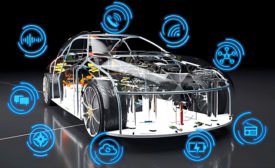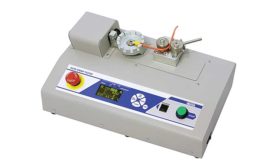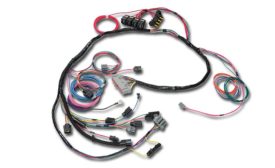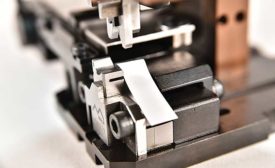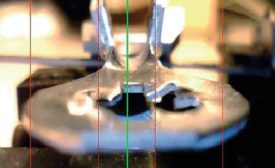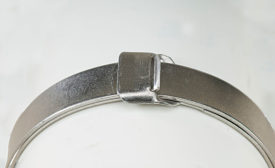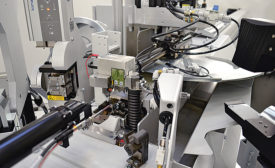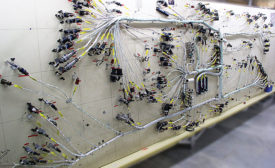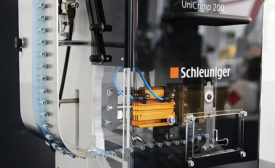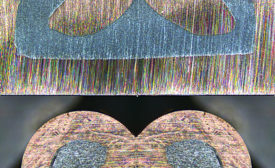Home » Keywords: » wire crimping
Items Tagged with 'wire crimping'
ARTICLES
TE’s New Terminal Design Reduces Insertion Force
Liteforce design helps address the conflict between technological requirements and assembly ergonomics
July 12, 2018
Best Practices in Crimp Applicator Maintenance
Schleuniger recommends preventative maintenance and proper setup to ensure crimp quality
April 11, 2018
Crimping Small Terminals
Advanced tools and processing equipment are designed to meet the many challenges of crimping small wire.
October 10, 2017
advertisement
How To Select and Install M85049/128 Shield Termination Bands Onto Wire Harnesses
March 7, 2016
Get our new eMagazine delivered to your inbox every month.
Stay in the know on the latest assembly trends.
SUBSCRIBE TODAY!Copyright ©2024. All Rights Reserved BNP Media.
Design, CMS, Hosting & Web Development :: ePublishing
